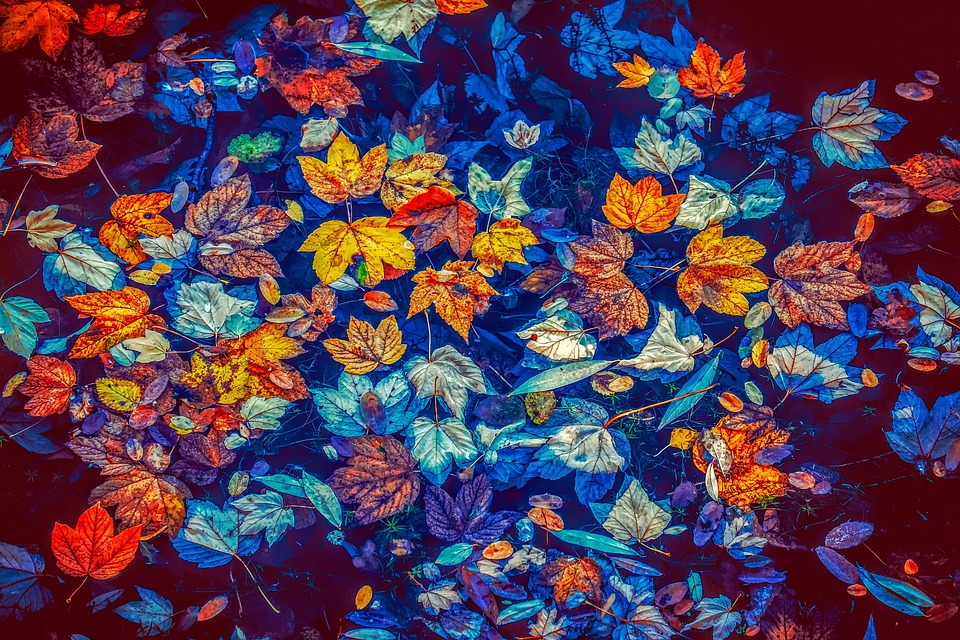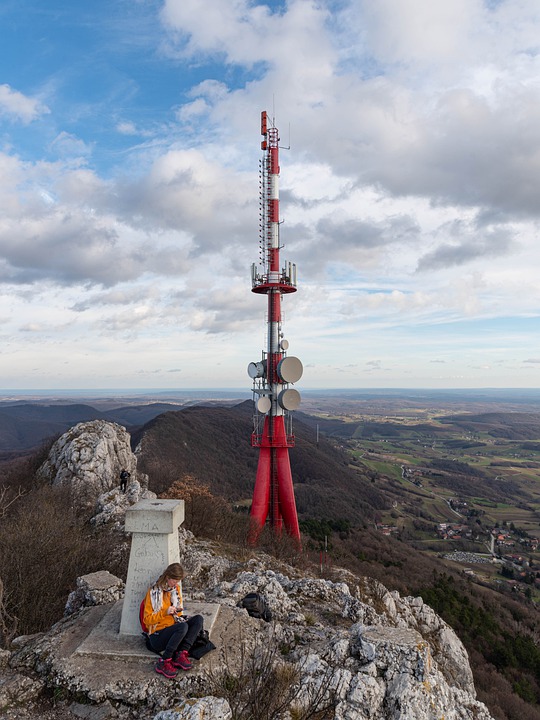Unraveling the Mysteries of Foggy Windowpanes, Dark Clouds, and Rain: Decoding the Clues from Mother Nature
As we gaze out at the foggy windowpanes, dark clouds, and impending rain, have you ever wondered what’s behind this symphony of weather? Is it just a random combination of atmospheric conditions, or is there a deeper message hidden beneath the veil of clouds? Let’s dive into the fascinating world of meteorology and unravel the secrets behind these three seemingly unrelated phenomena.
Foggy Windowpanes: The Silent Witness
Foggy windowpanes are more than just a nuisance – they’re a subtle indicator of changes in the atmosphere. When the air is filled with moisture, it can create a thick layer of fog that seeps into our homes, making it difficult to see outside. But why does this happen? It’s because the air is cooled to its dew point, causing the water vapor to condense into tiny droplets. This phenomenon is often a precursor to more significant weather changes, such as:
- Changes in air pressure: A drop in air pressure can lead to increased moisture in the air, resulting in fog.
- Temperature fluctuations: When the air is cooled or warmed rapidly, it can cause the dew point to rise, leading to fog.
- Wind direction: A shift in wind direction can bring in air from a different region, carrying moisture and changing the atmospheric conditions.
Dark Clouds: The Warning Sign
Dark clouds are a visual representation of the tumultuous world of weather. These towering behemoths can bring thunderstorms, heavy rain, or even severe weather events. But what’s behind their ominous appearance? Dark clouds are formed when:
- Moisture-rich air rises, cools, and condenses, creating towering cumulonimbus clouds.
- Wind shear, or changes in wind speed and direction, causes the clouds to grow and become more turbulent.
- Updrafts and downdrafts within the clouds lead to the formation of anvil-shaped clouds, characteristic of severe weather events.
Rain: The Unifying Force
Rain is the ultimate expression of Mother Nature’s fury, bringing relief to parched landscapes and replenishing the earth’s resources. But what drives the onset of rain? It’s a complex interplay of factors, including:
- Atmospheric pressure: Changes in air pressure can lead to the formation of low-pressure systems, which bring rain.
- Wind patterns: The movement of wind can create the perfect conditions for rain to develop.
- Temperature: When the air is cooled, it can lead to the condensation of water vapor, resulting in rain.
Decoding the Clues
Now that we’ve explored the individual components of foggy windowpanes, dark clouds, and rain, let’s examine how they’re interconnected. By paying attention to these clues, we can better predict the weather and stay ahead of the game:
- Foggy windowpanes: A precursor to changes in air pressure, temperature, or wind direction.
- Dark clouds: A warning sign of severe weather events, heavy rain, or thunderstorms.
- Rain: The culmination of atmospheric pressure, wind patterns, and temperature fluctuations.
Image: The Weather Wheel
Visualize the connections between these three phenomena with our weather wheel, which illustrates the intricate relationships between atmospheric conditions and weather events:
[Insert Image: Weather Wheel]
FAQs
Q: Why do foggy windowpanes always seem to appear when I least expect it?
A: Foggy windowpanes are a sign of changes in atmospheric conditions, such as air pressure, temperature, or wind direction.
Q: What’s the difference between dark clouds and severe weather events?
A: Dark clouds can bring thunderstorms, heavy rain, or severe weather events, but the severity of the event depends on factors like wind shear and updrafts.
Q: Can I predict the weather using these clues?
A: By paying attention to foggy windowpanes, dark clouds, and rain, you can develop a better understanding of the weather patterns and make more informed decisions.
Q: Are there any other weather-related phenomena I should be aware of?
A: Yes! Other weather-related phenomena, such as temperature fluctuations, wind direction changes, and humidity levels, can also provide valuable clues about upcoming weather events.
In conclusion, foggy windowpanes, dark clouds, and rain are more than just a nuisance – they’re a symphony of atmospheric conditions that can provide valuable clues about the weather. By decoding these clues and understanding the intricate relationships between atmospheric conditions and weather events, we can better predict the weather and stay ahead of the game. So next time you gaze out at the foggy windowpanes, dark clouds, and impending rain, remember that Mother Nature is sending you a message – listen carefully, and you might just unravel the secrets of the weather!



